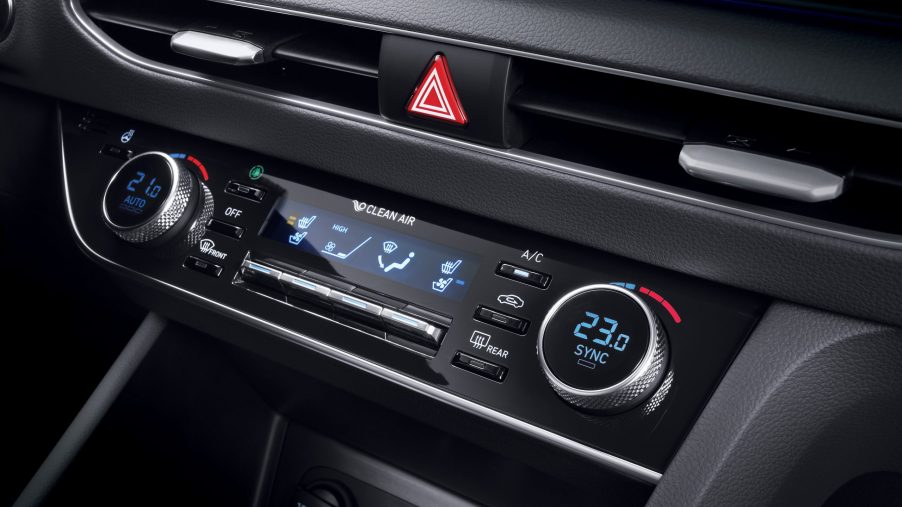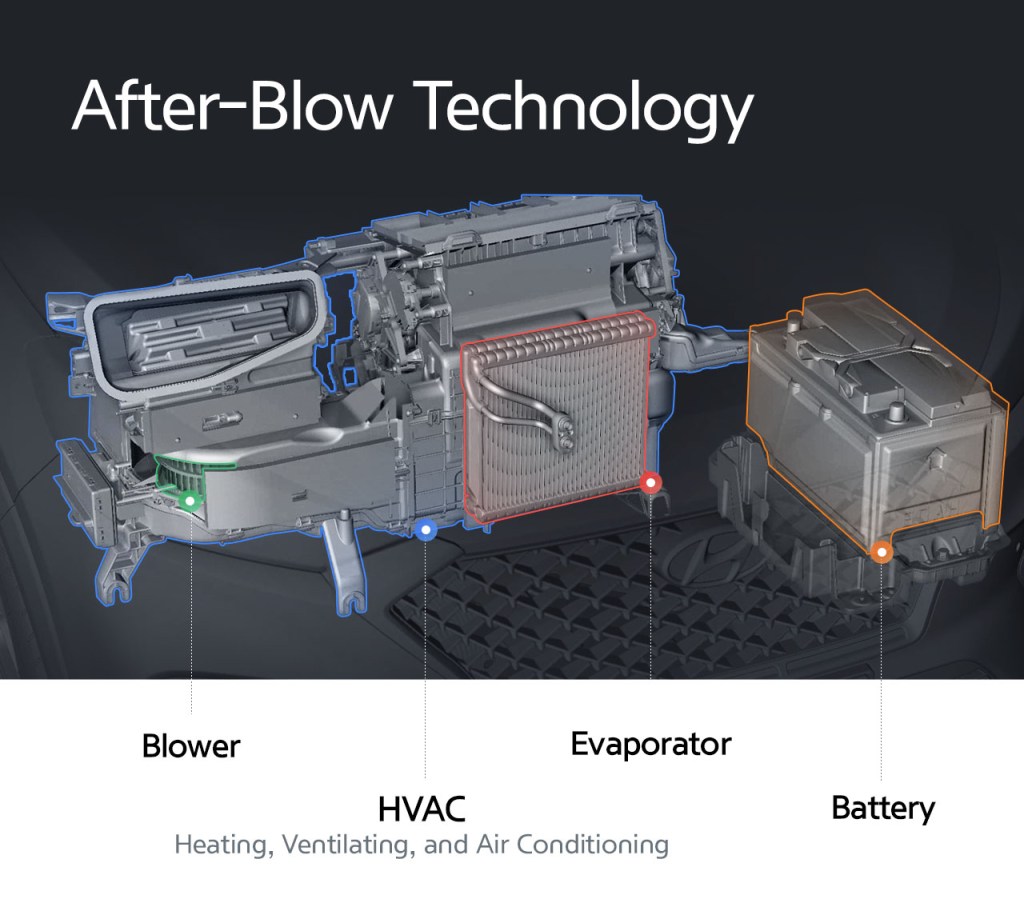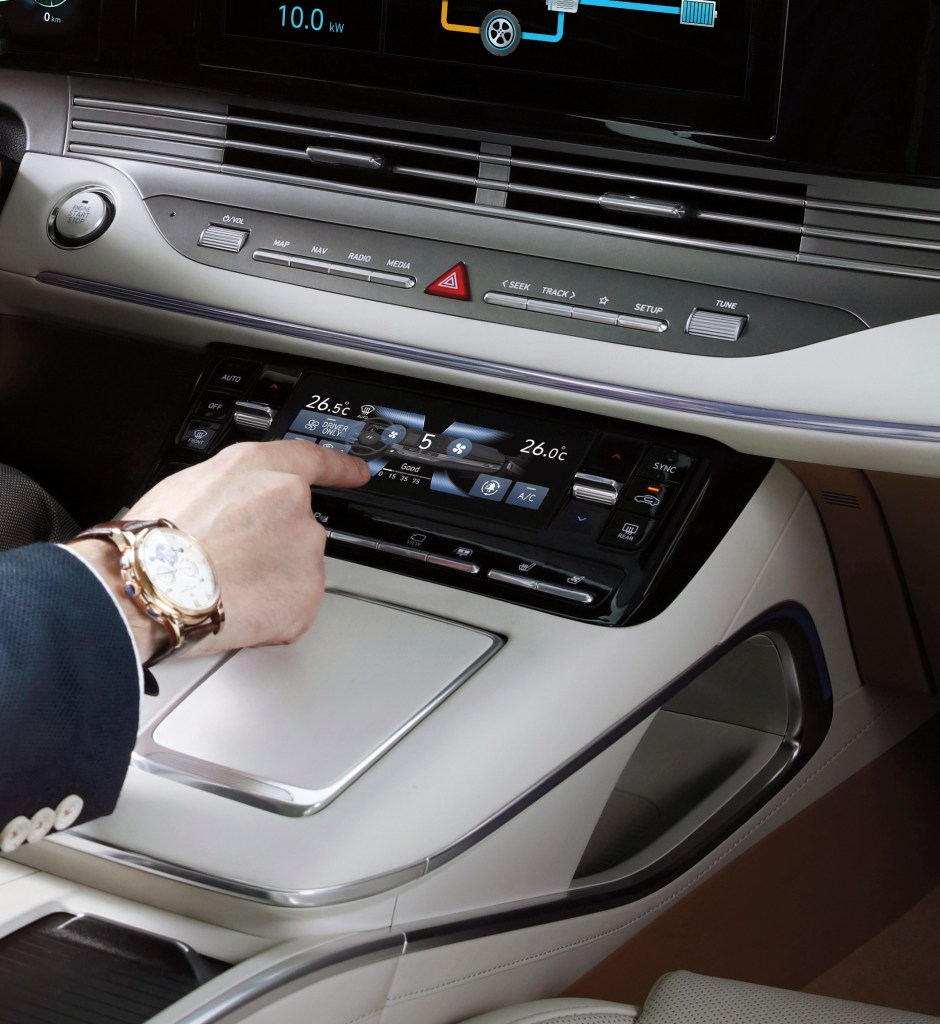
Hyundai Is Improving the Air Quality In Its Cars
Air quality is important nowadays – especially during the time of a worldwide pandemic – so Hyundai is doing its part by improving the air quality in its future cars. Hyundai Motor Group recently announced a trio of new technologies that will vastly improve the in-cabin environment and experience for the occupants. These technologies will include after-blow, multi-air mode, and a fine dust collector. And while this new step might seem trivial to most consumers, anyone that experiences severe allergies or asthma will greatly appreciate it.
The After-Blow technology
Have you ever turned on the air conditioner on a hot day and smelled what can typically be described as “post-workout body odor?” Well, that’s actually mold that has developed in the air conditioning system due to the condensation that builds up in the evaporator, which is the key component that creates the cold air. It’s a gross thought, but luckily, Hyundai’s new “After-Blow” technology will alleviate the issue.
According to Hyundai, after the car is turned off and the condensation from the evaporator drains for 30 minutes, the “After-Blow” system will activate for 10 minutes to dry the evaporator as well as any condensate that is left in the air passage. Additionally, the A/C system will automatically let outside air in to prevent humidity from building up. This new technology uses juice from the battery, however, there is also an intelligent battery sensor installed to monitor the battery and shut off the After-Blow system to ensure that the battery doesn’t get too low.

Multi-Air Mode
When it comes to air conditioning in the cabin, the more vents there are, the better. That’s basically what the multi-air mode technology does, it provides more airflow throughout the cabin via additional air vents on the driver and front passenger sides of the car. By providing more air vents, there will be less direct air contact with the occupants and more circulation, which will “soften the air” (according to Hyundai) and create a more pleasant environment. This mode can be switched on and off, just like the recirculation mode.
Fine Dust Indicator technology
The “fine dust indicator” is the main part in creating a cleaner environment in that it will measure and display the concentration and pollution levels of the cabin in real-time. The system will display the ultrafine particulate levels and if they exceed a certain level, then the air cleaning system will kick in to purify the air in the vehicle. It does this by switching on the air recirculation mode and activating the air conditioning system to reduces the humidity in the car.

That’s a pretty cool invention
While these three technologies might seem like overkill to some consumers, they are very useful when it comes to overall health and longevity. Just think of it like running a bunch of air purifiers in your house but in a much smaller space that you sit in for hours. Hyundai will be rolling out this tech in its Korean market car first, but we can expect to see it in select Hyundai, Kia, and Genesis models in the future.



